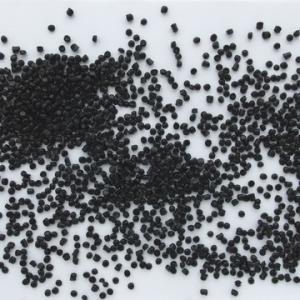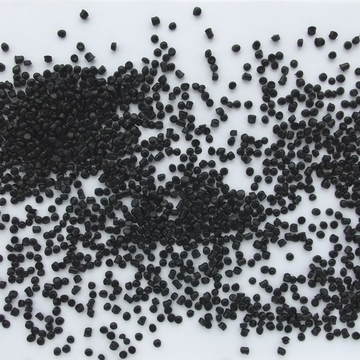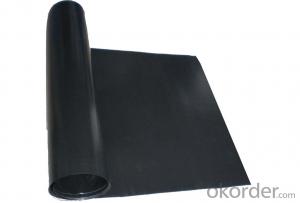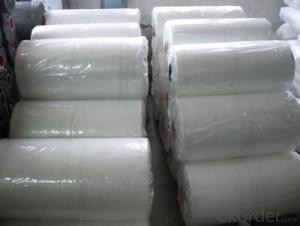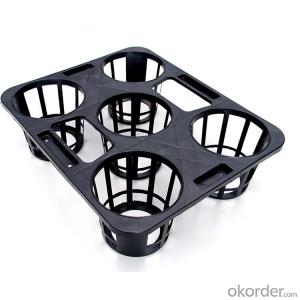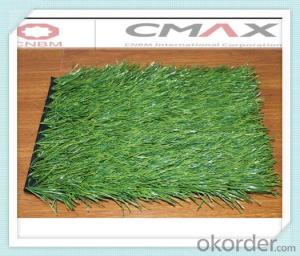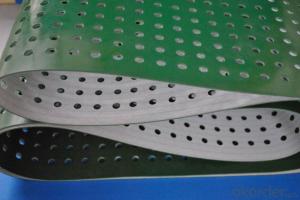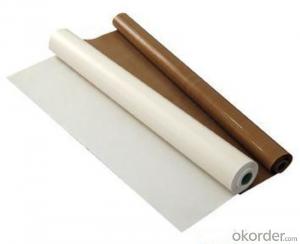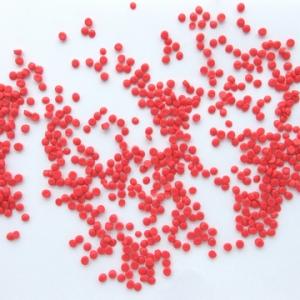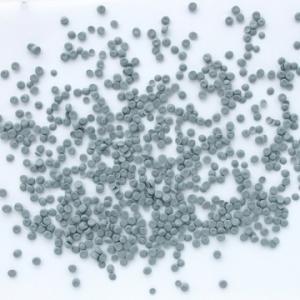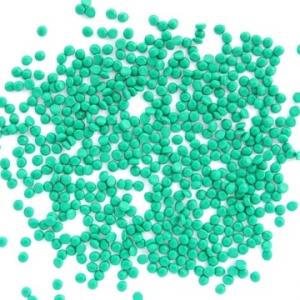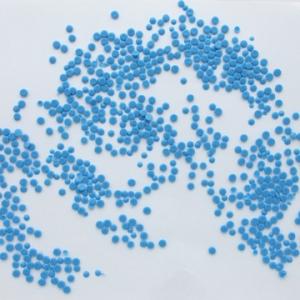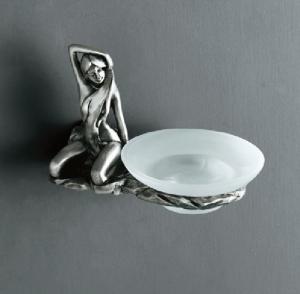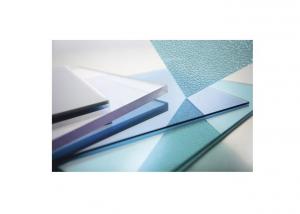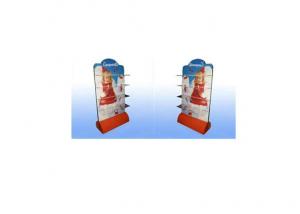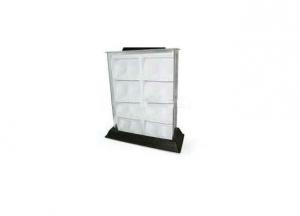PVC injecting compound for UL standard plugs
- Loading Port:
- Shanghai
- Payment Terms:
- TT OR LC
- Min Order Qty:
- -
- Supply Capability:
- 3000 Tons kg/month
OKorder Service Pledge
OKorder Financial Service
You Might Also Like
PVC Injecting compoundfor UL standard plugs
I. Type and application
Type | Product | Application and Cable Specification |
DU-60 | PVC injecting compound for UL standard plugs at 60℃ | According with UL QMFZ2 standard , UL file No. E218669. |
DU-75 | PVC injecting compound for UL standard plugs at 80℃ | According with UL QMFZ2 standard , UL file No. E218669. |
DU-90 | PVC injecting compound for UL standard plugs at 90℃ | According with UL QMFZ2 standard , UL file No. E218669. |
DU-105 | PVC injecting compound for UL standard plugs at 105℃ | According with UL QMFZ2 standard , UL file No. E218669. |
II. Product description
PVC injectingcompound for UL standard plugs, based on PVC resin, is made into granula bymixing, plastification and granulation with adding plasticizer, stabilizingagent, flame retardant and etc.
III. Processing
It is recommended that compound should be processed with commonextruder having a minimum L/D ratio of 20.
The following temperature(℃) profile ofextruder is recommended:
Zone | Zone 1 | Zone 2 | Zone 3 | Zone 4 | Head | Die |
Temperature ℃ | 140 | 160 | 170 | 175 | 180 | 175 |
IV. Storage and transport
Packaging:25kg/bag, PEmembrane inside bag and Kraft outside bag.
Storage and transport: Avoiding in direct sunlight and weathering.The storage place should be in clean, cool, dry, and ventilated conditions.
V. Properties
Table
Item | Unit | Standard Value | |||
DU-60 | DU-75 | DU-90 | DU-105 | ||
Tensile Strength | ≥MPa | 15.0 | 15.0 | 16.0 | 16.0 |
Elongation at Break | ≥ % | 150 | 150 | 150 | 150 |
Impact Brittleness Temperature | ℃ | -15 | -15 | -15 | -15 |
Volume Resistivity, at 20℃ | ≥Ω﹒m | 1.0×1011 | 1.0×1011 | 1.0×1011 | 1.0×1011 |
Dielectric Strength | ≥MV/m | 20 | 20 | 20 | 20 |
Hot Deformation | ≤ % | 40 | 40 | 30 | 30 |
Thermal Stability Time at 200℃ | ≥min | 60 | 80 | 100 | 120 |
Flame retardant rating |
| V-0 | V-0 | V-0 | V-0 |
Thermal Aging (UL oven) |
|
|
|
|
|
Aging Temperature | ℃ | 100±1 | 100±1 | 121±1 | 136±1 |
Aging Time | h | 168 | 240 | 168 | 168 |
Retention on Tensile Strength | ≥ % | +80 | +70 | +80 | +80 |
Retention on Elongation at Break | ≥ % | +75 | +65 | +75 | +75 |
- Q: Are olive nets suitable for home gardeners?
- Yes, olive nets are suitable for home gardeners. They help protect olive trees from birds and pests, ensuring a better harvest.
- Q: Can olive nets be used for olive tree grafting?
- No, olive nets are not used for olive tree grafting. Olive nets are primarily used for harvesting olives by preventing them from falling to the ground. Grafting, on the other hand, is a specific technique used to combine the desired traits of two different olive tree varieties.
- Q: Can olive nets be used in both small and large-scale olive groves?
- Yes, olive nets can be used in both small and large-scale olive groves. Olive nets are flexible and adaptable, making them suitable for various sizes of olive groves. They provide effective protection against pests and help in collecting fallen olives during harvesting, regardless of the scale of the grove.
- Q: How do plastics weld?
- Bonding can achieve good performance and good quality joints, but it is difficult to operate. It needs careful preparation of joints and surfaces, and it is very slow and unsuitable for mass production. The welding is economical, simple, fast and reliable, and can form static strength close to the parent material. Therefore, it is suitable for mass production, and has gained more and more extensive application in the automobile industry. The level of plastic welding technology has become one of the marks to measure the level of automobile production technology and new material development.
- Q: How do olive nets help in reducing labor costs during harvesting?
- Olive nets help in reducing labor costs during harvesting by providing a more efficient and time-saving method. These nets are spread under the olive trees to catch the falling olives, eliminating the need for manual picking. Instead of manually collecting olives from the ground, laborers can simply gather the olives from the nets, significantly reducing the time and effort required. This efficient harvesting technique helps save labor costs by reducing the number of workers needed and increasing overall productivity.
- Q: How can a plastic foam be used?
- If you have a plaid or a unique plastic foam package, you can dye it and fix it on the wall to make it an abstract decoration. It is economical, affordable and creative. I believe it is absolutely unique! If the lattice space space, can also receive some lighter some items, such as scarves, neckties, neckties, thin gloves, hairpin, headwear and so on, readily available small objects.
- Q: How about making a bottle of yogurt with plastic bottles?
- The best selection of high temperature resistant plastic bottles or containers, because in the production of yogurt is fermented, fermentation temperature is about 40 degrees, if the plastic containers used under high temperature will release harmful substances, which is harmful to health, high temperature resistant plastic products will not have this phenomenon, for example plastic products, microwave oven suitable, or other ceramic products or glass containers.
- Q: How do you secure an olive net to the ground?
- One way to secure an olive net to the ground is by using metal or plastic ground pins or stakes. These pins are inserted into the soil along the edges of the net, ensuring that it remains firmly in place and doesn't get blown away by wind or other external factors.
- Q: How do olive nets prevent damage from wind-blown debris?
- Olive nets prevent damage from wind-blown debris by acting as a protective barrier that blocks the debris from reaching the olive trees. The tightly woven netting can withstand the force of strong winds, preventing the debris from causing any harm to the trees or the olives.
- Q: How do you prevent olive nets from sagging or drooping?
- One effective way to prevent olive nets from sagging or drooping is by properly tensioning them. This can be achieved by ensuring that the nets are securely fastened and tightened around the trees or posts they are attached to. Additionally, using supporting structures such as poles or stakes at regular intervals can help maintain the desired tension and prevent sagging. Regular inspection and adjustment of the nets may also be necessary to ensure they stay taut and in place throughout the harvesting season.
Send your message to us
PVC injecting compound for UL standard plugs
- Loading Port:
- Shanghai
- Payment Terms:
- TT OR LC
- Min Order Qty:
- -
- Supply Capability:
- 3000 Tons kg/month
OKorder Service Pledge
OKorder Financial Service
Similar products
Hot products
Hot Searches
Related keywords
